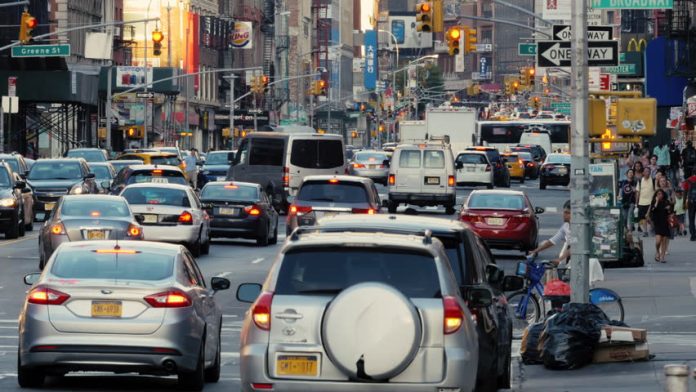GM’s Cruise Automation has had a big month. First the company said it had purchased a chip developer that will help it virtually eliminate one of the major costs of making self-driving cars. Then, Cruise announced plans to test those cars in New York City. Not just anywhere in New York City, but in lower Manhattan, arguably the most congested part of the city and certainly one of the hardest to navigate.
“New York City is one of the most densely populated places in the world and provides new opportunities to expose our software to unusual situations, which means we can improve our software at a much faster rate,” said Cruise CEO Kyle Vogt in a press release.
The Chevrolet Bolts in Manhattan will be driverless but they will carry passengers. GM said each Bolt will carry a safety engineer who can take over if anything goes wrong.
If I can make it there, I’ll make it anywhere
Earlier this year, New York Governor Andrew Cuomo signed legislation allowing the testing of autonomous vehicle technology in the state, and the governor welcomed Cruise’s decision to test in Manhattan. He said GM and Cruise will help cement New York’s role as a center of autonomous vehicle innovation.
“Autonomous vehicles have the potential to save time and save lives, and we are proud to be working with GM and Cruise on the future of this exciting new technology,” Governor Cuomo said.
Meanwhile, New York City Mayor Bill de Blasio told The Wall Street Journal he was surprised by GM’s news and is concerned about safety.
Strobe LIDAR
Making autonomous cars safe is a challenge, but it is not the only obstacle the auto industry needs to clear before it can make money selling cars that drive themselves. The industry also needs to make these vehicles affordable, and Vogt said that’s why Cruise Automation decided to acquire chip developer Strobe.
“By collapsing the entire sensor down to a single chip, we’ll reduce the cost of each LIDAR on our self-driving cars by 99%,” Vogt said in a blog post.
LIDAR stands for light imaging, detection and ranging. Vogt said competing solutions are expensive, bulky and complex, problems that Strobe is solving.
“As the cost of our self-driving vehicles declines, we’ll be able to accelerate the rate of vehicle production and more quickly roll out our technology to suburban and rural areas where ride sharing is less common today,” Vogt said.
Of course urban areas are also on the roadmap. Cruise Automation is already testing self-driving cars in San Francisco and Phoenix, and now its engineers are mapping a geofenced area for the Manhattan testing. By early next year, the city that never sleeps will have cars with cameras that never blink.
Follow me on Twitter.

